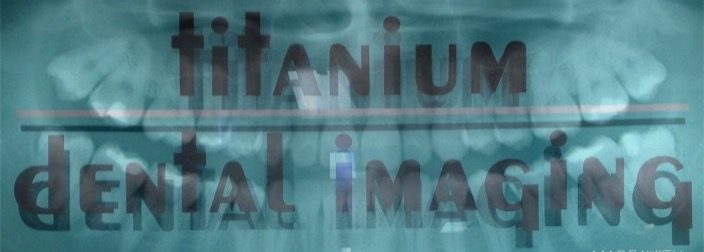The Procedure
The arm of the machine rotates around the head in a complete 360-degree rotation while capturing multiple images from different angles that are reconstructed to create a single 3-D image. The x-ray source and detector are mounted on opposite sides and rotate in unison. In a single rotation, the detector can generate anywhere between 150 to 200 high resolution two-dimensional (2-D) images, which are then digitally combined to form a 3-D image that can provide your dentist or oral surgeon with valuable information about your oral maxillofacial health.
Benefits
•Focused x-ray beam reduces scatter radiation, resulting in better image quality.
•A single scan produces a wide variety of views and angles that can be manipulated to provide a more complete evaluation.
•Cone beam CT scans provide more information than dental x-rays, allowing for more precise treatment planning.
•Cone beam CT scanning is painless, noninvasive and accurate.
•A major advantage of Cone beam CT is its ability to image bone and soft tissue at the same time.
•No radiation remains in a patient’s body after a Cone beam CT examination.
•X-rays used in Cone beam CT scans should have no immediate side effects.
•Accurate placement of dental implants.•Surgical planning for impacted teeth.
•Diagnosing temporomandibular joint disorder (TMJ).
•Orthodontic issues.
•Evaluation of the jaw, sinuses, nerve canals and nasal cavity.
•Detecting, measuring and treating jaw tumors.
•Determining bone structure and tooth orientation.
•Locating the origin of pain or pathology.
•Cephalometric analysis.
•Reconstructive surgery
How is the procedure performed?
You will be asked to sit in the exam chair. The CBCT Specialist will position you so that the area of interest is centered in the beam. You will be asked to remain very still while the x-ray source and detector revolve around you for a 360-degree rotation or less. This typically can take between 20 to 40 seconds.
How do I prepare?
You should remove anything that may interfere with the imaging, including metal objects, such as jewelry, eyeglasses, hairpins and hearing aids. Although removable dental work may need to be removed, it is advisable to bring these to your examination, as your dentist or oral surgeon may need to examine these as well.
What will I feel during and after?
You will not experience any pain during a cone beam CT exam, and you will be able to return to your normal activities once the exam is complete.
![Titanium Dental Imaging [TDIX]](https://i0.wp.com/tdix.com.au/wp-content/uploads/2018/01/cropped-TDIX-Logo.jpg?fit=240%2C219&ssl=1)
